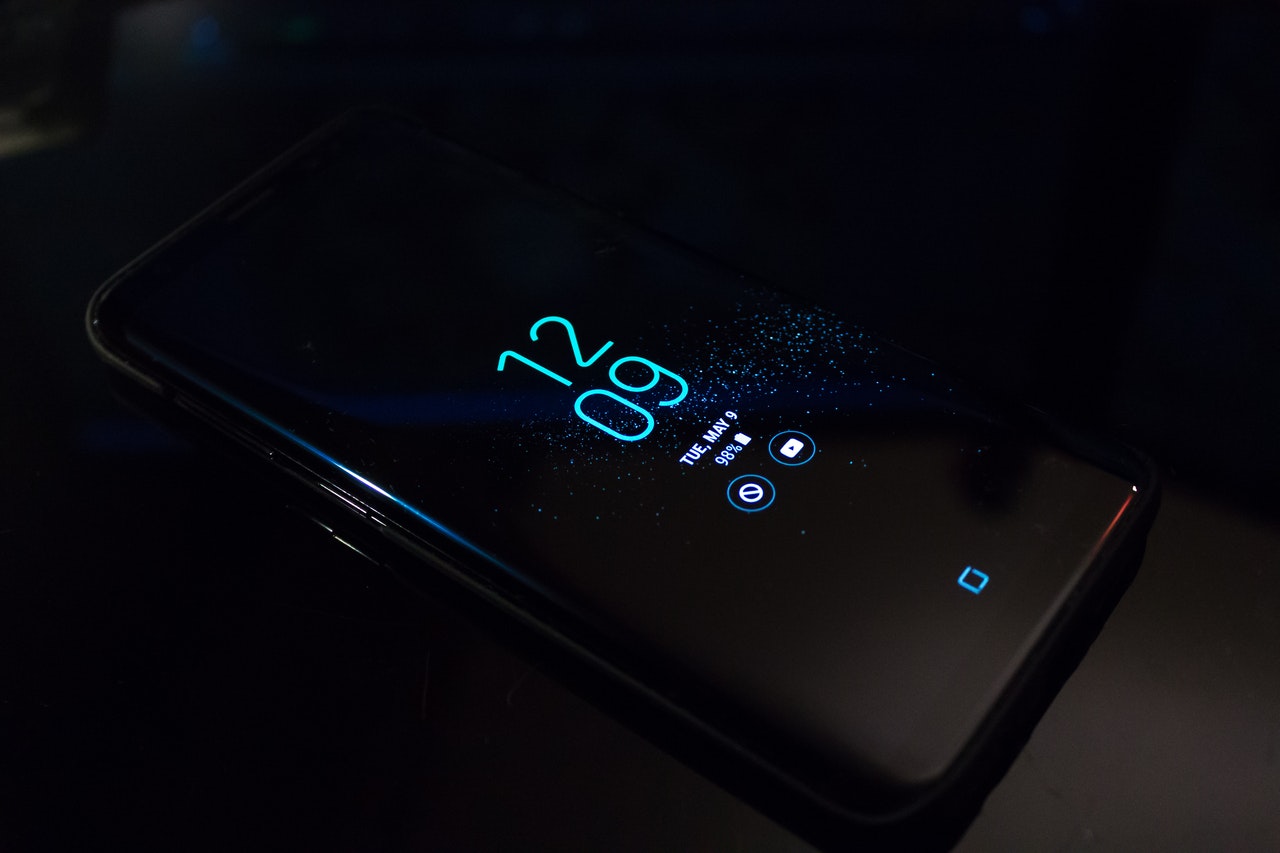The Drug Enforcement administration skirted numerous criminal exams on a trio of bulk facts series packages dating back to the early Nineteen Nineties, in step with an inner watchdog.
In a heavily redacted, a hundred and forty four-web page file published Thursday, the Justice branch Inspector fashionable revealed the management failed to completely investigate the legal foundation for 3 big global surveillance operations that ran largely unchecked from 1992 to 2013. of the applications remain lively in some shape these days.
under one initiative, which investigators called “program A,” the administration used “non-goal particular” subpoenas to pressure multiple telecom vendors to offer metadata on each phone call made from the U.S. to as many as 116 international locations with “a nexus to tablets.” Investigators determined some agencies also provided the officers with records on all calls made among those foreign nations.
The management also carried out two other bulk surveillance programs throughout that point without assessing their legality, investigators discovered. under “application B,” officials used further sweeping subpoenas to acquire records on absolutely everyone who bought specific products from collaborating carriers. via “software C,” DEA bought telephone metadata for objectives of ongoing investigations via a contractor for a separate authorities organisation.
program B ran from 2008 to 2013, and program C started out in 2007 and stays energetic nowadays, in keeping with the IG.
Investigators determined the management “failed to conduct a complete criminal evaluation” of movements beneath all three packages. previous court docket rulings have referred to as into question the usage of the sweeping subpoenas below programs A and B, they said. in step with the file, the FBI also raised concerns approximately the legality of the operations.
“We additionally determined the absence of a robust felony evaluation troubling because the DEA utilized the bulk records amassed … on an unknown range of events in help of investigations via non-DEA federal groups that had no obvious connection to specific drug investigations,” the IG introduced. “This utilization raised good sized legal questions” due to the fact the administration justified its actions by using pronouncing the records “changed into ‘applicable or fabric’ to a drug investigation.”
The management also by no means virtually decided whether its existing subpoena authority prolonged to the records furnished thru software C, investigators stated. The IG also located proof that DEA officials exploited sure investigative practices to maintain prosecutors from sharing evidence with defendants.
DEA appreciably scaled lower back software A after Edward Snowden revealed the lifestyles of similar sweeping surveillance programs on the country wide security corporation, according to investigators. In 2014, the management started subpoenaing metadata on calls crafted from telephone numbers particularly tied to federal investigations. This extra narrow surveillance program stays energetic today, the IG stated.
beneath target-particular statistics collection operations, DEA officers should offer “reasonable articulable suspicion” that the goal is concerned in drug pastime, however investigators observed there were few safeguards to make certain they did so. The management set no specific requirements of evidence for issuing subpoenas, and officers regularly justified facts collection the usage of “ordinary” and “cursory” explanations, the IG discovered.
“The facts furnished [in subpoena documents] regularly lacks specificity sufficient to establish the particularized information or basis for connecting the goal quantity to a drug research, even though such overview had passed off,” investigators said. They brought the administration’s auditing technique additionally did little to evaluate the relevance of the subpoenas it issued.
moreover, the DEA lacked any policies governing how long facts collected under application B could be saved, in step with the IG. The records nonetheless is living on its servers these days, and officers don’t have any very last plan for disposing of it, investigators stated.
The IG started out reviewing DEA’s bulk data series programs in 2013, but in step with investigators, the administration “took many actions that hindered the OIG’s get entry to to data to be had to it that the OIG was it appears that evidently authorized to reap.”
though the applications have been in large part curtailed or discontinued altogether, investigators mentioned there’s not anything to save you the administration from launching similar operations within the future. The IG made sixteen recommendations that might help ensure future packages are carried out “accurately and always with the regulation … civil rights and civil liberties.”
“DEA is dedicated to making sure its practices observe all branch of Justice rules and strategies and remain vetted thru a rigorous legal assessment,” DEA Spokesperson Katherine Pfaff said in a assertion to Nextgov. “The DEA has the same opinion with the OIG’s advice … and has already started enhancing those methods.”
As you scroll via a website—say, TheAtlantic.com—you’re sending quite a few indicators. Your eyes dart from headline to headline, bypassing a few earlier than deciding on which to examine. Your forehead furrows at one article. You snigger at a clever turn of word in any other. Your face flushes in anger whilst you watch a charged video on an difficulty important to you. generally, some of these physical cues pass nowhere apart from the reflection of your pc screen. however now, agencies are hoping to sport your interest through closely analyzing these kind of physical responses.
The consulting firms that specialize in this studies generally start by hooking attention-group individuals up to research-grade neuroscience gadget as they browse a internet site or use an app. The gadgets offer rather precise biofeedback: Sensors examine customers’ gaze, their facial expressions, their pores and skin cells, or even their mind waves. specialists then produce reports with tailored pointers on how their client would possibly remodel the user experience to turn their ad, app, or internet site into an appropriate attention entice.
agencies already have massive perception into what customers do online. internet-analytics tools detail what pages users click on and which web sites refer them. companies along with facebook song users all over the web, whether or not they’re logged in or now not. however the center conceit of neuromarketing is that biometric statistics is extra sincere and strong than conventional survey facts or even the wealth of traffic-analytics options which can be already accessible. Survey respondents might also lie, the argument is going, however biometrics don’t.
With more conventional marketplace research, “you’ll … get a few human beings [whose faces] are very expressive with feelings and yet the ones emotions may not be very deeply felt,” stated Mark Drummond, the co-founding father of Neural sense, a neuromarketing organisation, over the phone. “and also you get some individuals who are very deadpan and don’t virtually explicit lots with their emotional reaction but they virtually are feeling those emotions pretty deeply.”
Say a bank has observed a sharp drop in mortgage packages. it may ask Neural feel to behavior a biometric survey in which respondents are equipped with a number of sensors, then told to use for a mortgage. inside the next room, a group watches the respondents’ screen as they scroll thru the pages, examining their biofeedback.
Sensors attached to the wrists and fingertips measures the formation of sweat on subjects’ pores and skin, a degree referred to as galvanic skin response (GSR). Cameras skilled on their face degree muscle movements, quantifying whether or not humans are glad, sad, or frustrated at any moment. Iris trackers observe each respondent’s gaze, charting the regions of the display screen the man or woman spends the maximum time searching at. subsequently, a mind-reading cap produces an electroencephalogram (EEG) that statistics the mind’s electric activity and well-knownshows the depth of customers’ feelings. In an ordinary survey, a respondent is given eight obligations over about half-hour.
“As you layer greater of the technologies and the greater sophisticated they get, the charges increase,” Drummond defined. most companies choose just for eye-monitoring, the least costly choice, frequently coupled with facial-expression analysis. GSR is useful for longer responsibilities, he said, even as EEG, the most high-priced degree, offers the maximum insight into why human beings react the way they do. as with every awareness institution, diversity is prime to having a representative sample, Drummond notes, however there’s no proof that respondents’ race or gender notably affects their responses. career, he observes, has greater impact: people in excessive-stress jobs, inclusive of EMTs and medical doctors, have a tendency to respond an awful lot more slowly to stimuli than the average individual.
The clinical equipment and high-tech interfaces may additionally seem novel, however neuromarketing is a completely vintage practice. As early because the Nineteen Fifties, researchers used pores and skin-attached sensors to degree physiological responses to advertising and marketing. the biggest difference now is how an awful lot inexpensive and simpler it’s far to gather the data because of the attendant technologies.
Mike Bartels is the director of marketing research and person revel in at Tobii, a Swedish neuromarketing firm specializing in eye-tracking generation. Tobii has achieved research studies with Google and fb, the usage of both traditional attention-organization-fashion testing and in-domestic studies.



